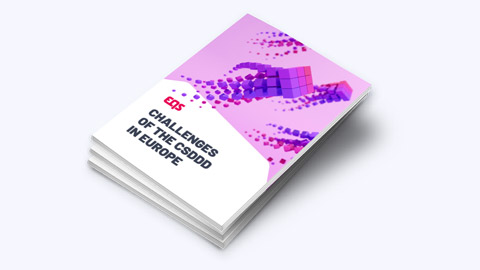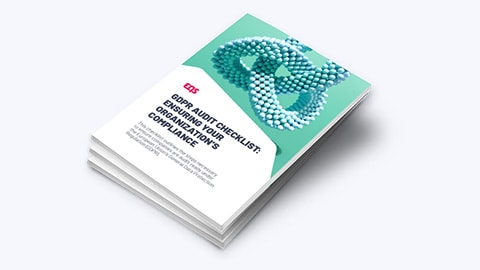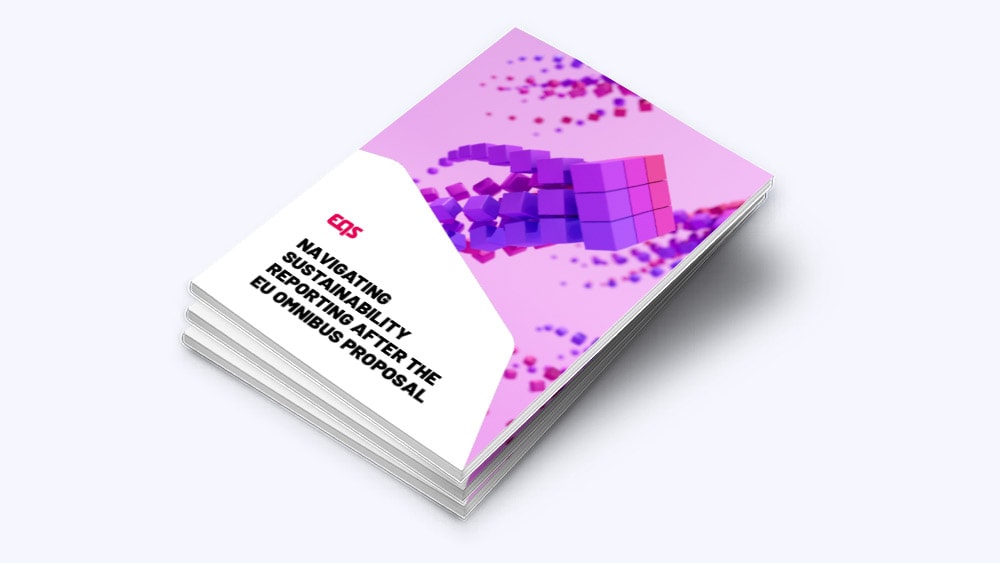Report Shines Spotlight on Public-Sector Corruption in the United States
The University of Illinois at Chicago has released a report highlighting America’s worst cities and states for public sector corruption.

A report recently released by the University of Illinois at Chicago (UIC) has shed light on the scale of public-sector corruption in the United States. Co-authored by Dick Simpson, Marco Rosaire Rossi and Thomas J. Gradel, the analysis has been published annually for the past 14 years. It ranks US states and metropolitan areas on corruption convictions using Department of Justice statistics released since 1976. This article provides an overview of the report’s key takeaways and the US regions where corruption is most problematic.
The evolution of corruption in US cities
Historically, Chicago (Illinois-Northern District) has had the unenviable reputation as being the most corrupt major city in the United States with a grand total of 1,792 federal public corruption convictions recorded between 1976 and 2020. It is followed by Los Angeles and New York/Manhattan with 1,611 and 1,369 convictions, respectively.
Despite those figures, the corruption situation has changed considerably in US metropolitan areas in recent years. In most large American cities, the total number of federal convictions for public corruption declined at the start of the 1990s with New York/Manhattan and Chicago seeing the most pronounced drops.
When taking only the past decade into account, Chicago’s 286 convictions sees it slip down to 6th place, tied with Miami. Richmond, Virginia had the highest count over the past ten years with 391 corruption convictions and it is followed by Baltimore, Maryland (352), Los Angeles, California (342) and Newark, New Jersey (303).
The District of Columbia disparity
The research also looked at the scale of the corruption problem across all 50 states and the District of Columbia. California had the highest absolute number of convictions over the last four decades with just under 3,000. Texas comes second with 2,348 while Florida rounds off the top three with 2,348. That probably comes as little surprise given that these are America’s three most populous states.
When adjusted for population, however, things look very different. When looking at federal public corruption convictions per 10,000 inhabitants, D.C. comes first by a huge distance with 17.55. Several factors likely contributed to the disparity between D.C. and other parts of the US such as a comparably high population density and the fact that it is the centre of national government, making corruption offenses and convictions a more likely occurrence. Nearly all US federal agencies are concentrated around Washington D.C. and the number of government employees who can potentially monitor and flag misconduct is huge. D.C. is a special case compared to US states.
The worst US states for public sector corruption
Former Republican Congressman Billy Tauzin liked to say that “half of Louisiana is under water and the other half is under indictment”. Historically, Louisiana has consistently performed poorly in the report and it is the worst offender among pure states with 2.71 convictions per 10,000 inhabitants. The problem of corruption and the state’s reputation have proven so bad that Louisiana legislators passed a set of reforms dubbed the “Gold Standard” a decade ago. Unfortunately, critics have lambasted loopholes in the new measures that have allowed legislators to lawfully enrich themselves while in office.
Despite the recent improvements seen in Chicago, the state of Illinois is still one of the worst US regions on a per capita basis with 1.7 corruption convictions per 10,000 of its population. Given that the report was compiled at UIC, it has a particularly strong focus on the situation in both Chicago and Illinois. It states that 2020 stood out as one of the most significant 12 months in recent memory despite the impact of the Covid-19 pandemic and that “the sheer number and the political stature of the elected officials and business leaders who were implicated, indicted or convicted in 2020 is staggering”.
Many of the corruption cases are tied to investigations into ComEd’s (the largest electrical utility in the state) ties to former House Speaker Michael Madigan and questions around whether elected officials accepted bribes to install red-light cameras in Chicago and its suburbs. While the total number of federal criminal convictions for public corruption in Illinois has continued to decline from its peak in the 1970s and 1980s, the report notes that the decline has not proven dramatic and that the state remains among the country’s worst hotpots.
Corruption scandals are nothing new to Tennessee and it experienced 1.51 convictions per 10,000 inhabitants between 1976 and 2020. Notable recent examples include Operation Tennessee Waltz in 2005 when a sting operation led to the arrest of seven Tennessee state lawmakers, two county commissioners and a former county administrator on bribery charges. Even more recently, a Chattanooga-area lawmaker resigned in March 2022 amid a federal corruption probe at Tennessee’s state capitol. Robin Smith was charged with one count of wire fraud and has become the third legislator in recent months to lose her job.
Conclusion and key takeaways
Earlier this year, Transparency International’s Corruption Perceptions Index (CPI) ranked the US joint 27th globally for perceived public sector corruption whereby higher scoring nations were rated as being cleaner. The CPI attributed the all-time low to a range of factors including persistent attacks against free and fair elections as well as a campaign finance system that is increasingly lacking transparency.
The UIC report has provided further detail on the scale of the problem across the US, the types of offenses being committed and where its impact is most severe. While the sheer number of corruption convictions highlighted by the publication is welcome, it nevertheless states that “meaningful and lasting reform can only happen when state legislatures and city councils pass stronger laws effectively regulating conflicts of interest, campaign financing, contracting transparency and corrupt lobbying practices”.
Browse the full version of the report here.

Key principles of establishing an effective ABC programme





